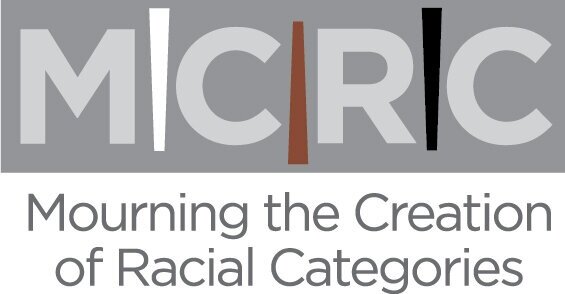Which question does Grouping E answer? (answer key at bottom of page)
1. In the United States, how do we determine who is black and who is white?
2. How did white become the free and black the enslaved?
3. White is “the standard.” What does that mean?
4. Why White?
5. When words are inadequate, how can the arts help us feel the emotions of race?
6. If you do not identify as black or white, where do you fit into the conversation about race?
7. How did white become the pure category and black the contaminating one?
Remove the Brown
In response to the high death toll during the Civil War (not from war itself but from infections) and high infant mortality resulting from invisible infectious diseases, the government and industry launched “clean food” campaigns. Although necessary, these campaigns played on the faulty belief that contaminants were easier to detect in white foods. As a result, flour, sugar, and rice were processed in factories where their brown components were removed. Ironically, removing the brown ingredients from sugar, flour, and rice robbed these foods of nutritional value, so they were then fortified with synthetic vitamins and minerals.
Images of processed and unprocessed sugars, rice, and flour from Wikipedia, Creative Commons. Public domain.
Newspaper headlines and articles (between 1909-1920) from Chronicling America, Historic Newspapers, Library of Congress.
Hysteria
The frenzied actions to make food germ-free gave people the words “invisible” and “contaminating.” This language helped to frame the fears of White-classified people that so-called Negro blood could infect their white bodies. The fear that white status could be lost reinforced the idea of white was something superior.
Panic
The hysteria over “Black blood” also coincided with the end of slavery when a labor force of 4 million people was suddenly “free,” in theory, and looking for places to work and live. The White-classified applied rules—based on blood quantum (¼ to 1/128 Black blood) or discernible Black appearance—to bar the Black classified from work, living and public spaces deemed white.
Photograph by Arthur Siegel, 1942. Prints and Photographs Division, Library of Congress.
A History that Haunts
This sign speaks to a history that is woven into the fabric of our society and still haunts us today. If we look at the history honestly and objectively, there is no doubt that the U.S. was built around creating and preserving white spaces, bodies and lifestyles by any means necessary.
answer key
grouping e answers question 7
How did white become the pure category and black the contaminating one?





